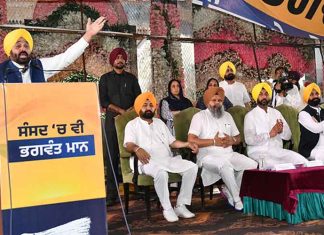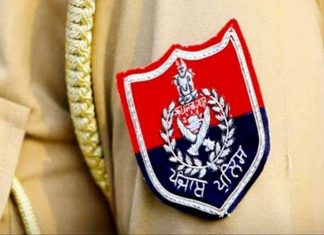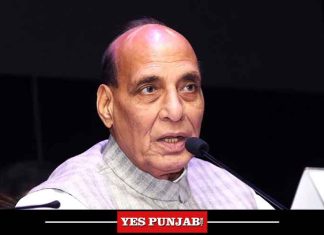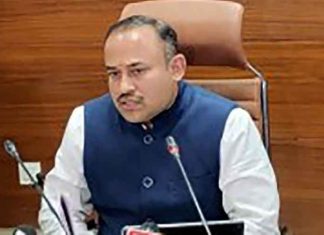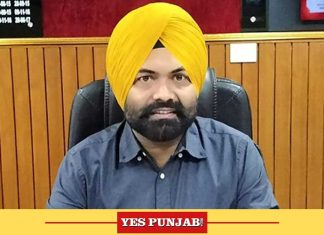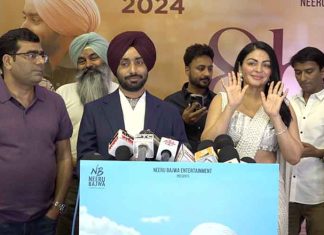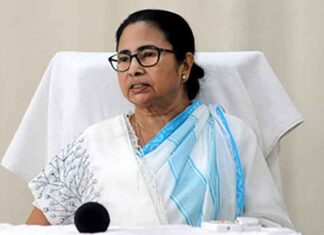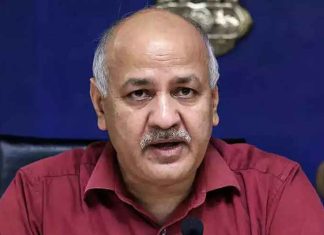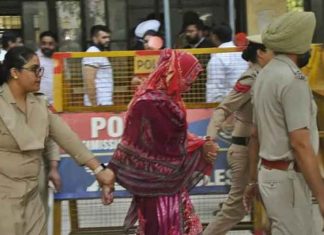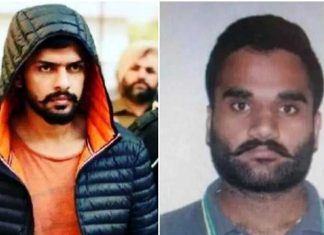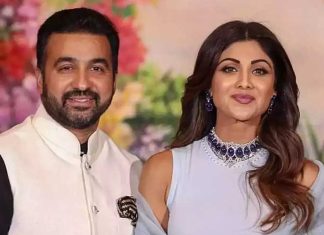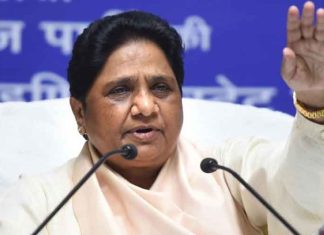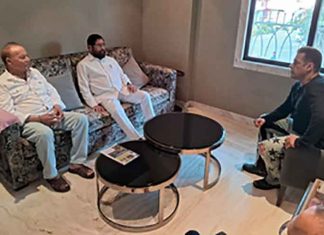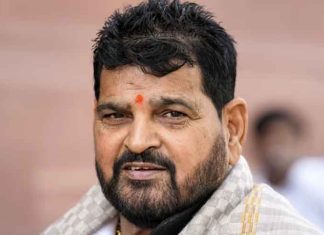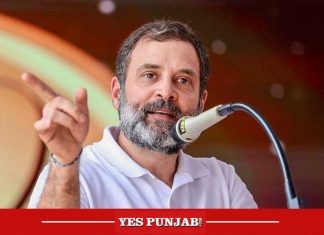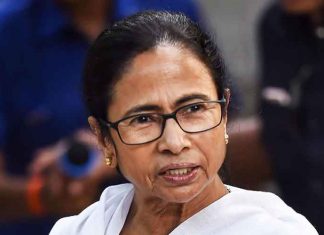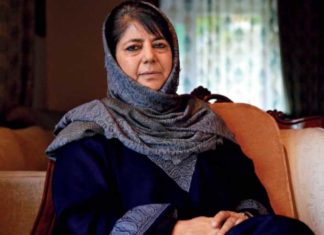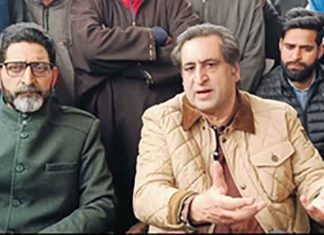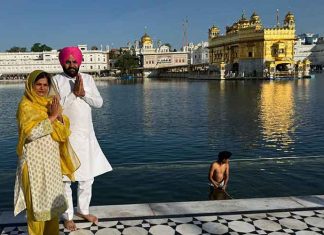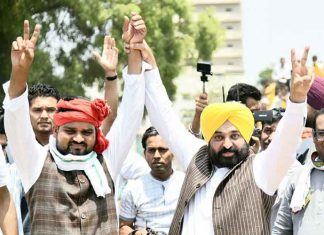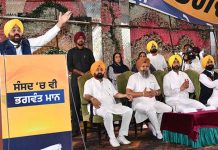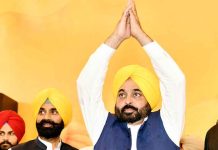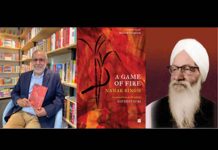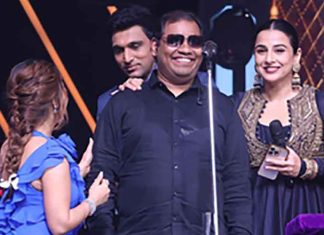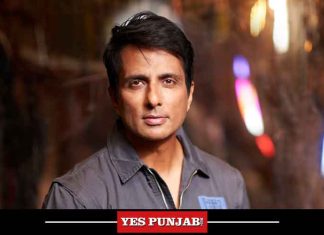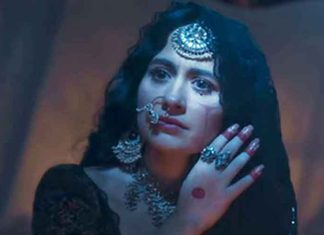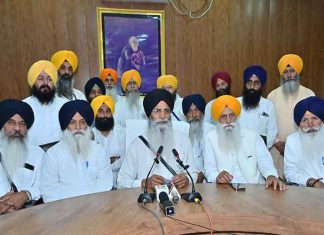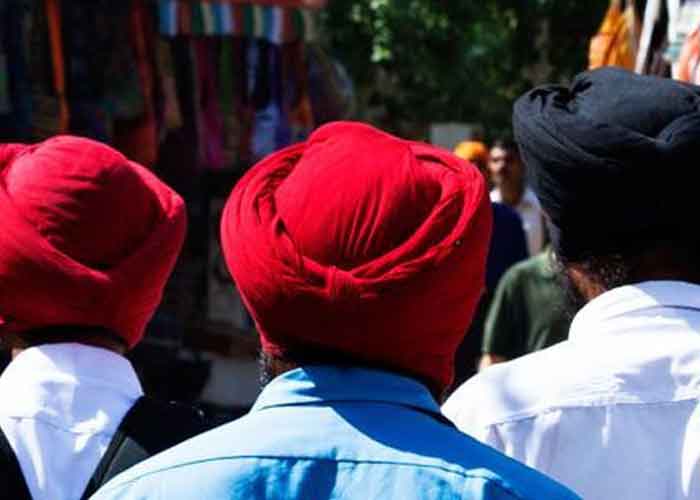By Vinod Mirani
In the last few years, a trend has been set to make biopics in the Hindi entertainment industry. There were a few biopics made earlier but, the choice was limited. As, either the real heroes of India were kept away from the public knowledge or were too regional to appeal for moviegoers all over India.
Notwithstanding the public awareness about our heroes, a few films did make the merit list. V. Shantaram made one of the earlier biopics, “Doctor Kotnis Ki Amar Kahani”. The audience today may or may not have the patients to watch it in one go. In those days, going to film was about taking in all that was projected on the screen.
If a film had anything short of 16 or 17 reels, as the film’s length was defined in those days, the viewer felt short-changed. Which justifies why the cinema halls could screen only four shows per day unlike six to eight that the multiplex screens do today, as now the films usually have duration of around 100 minutes.
A time came when a biopic had to be made more acceptable, for which they needed to be dramatised. Just take the theme and the essence of the character and make it filmy, in other words, watchable. I think “Shaheed” (1965), starring Manoj Kumar, set the tone. Manoj Kumar was also said to be the brain and motivator behind this film. And, as a keen observer of the filmmaking vis-a-vis the audience preference, he knew the value of casting as well as music that matched the subject.
He is said have insisted on casting the legendary actor Pran as Daku Kehar Singh without whom he would not make the film. For Pran, who played a villain in all his films, this film showed another aspect and the versatility of the great actor. It also took the viewers by surprise and those who have seen the film would understand why. As for the musical score, the songs in the film, Manoj Kumar let the composer-lyric writer Prem Dhawan loose with patriotism in its full glory.
The film is considered a milestone. All other attempts at glorifying the great icon, Bhagat Singh, have not amounted to much before the Manoj Kumar film, or the ones that followed later. For a long time, the patriotism led to making films on nationalist heroes.
But, no such fervour remained when more films on Shaheed Bhagat Singh followed, the ones that were made later were made because the industry had no writers to pen new stories. Yet, everybody needed a subject. So the choice was biopics. Also, making a film on a hero like Bhagat Singh or other national figures did not cost a dime to acquire rights.
There was such a desperation that in 2002, two major films on Bhagat Singh were being made, one starring Ajay Devgn and the other with Bobby Deol and both vying to hit the screens first! Oh, and there was one more, Ramanand Sagar’s simply titled film, “Bhagat Singh”, also released in 2002. Since there were no takers, as far as I remember, it was released on the LCD medium. And finally there was the Sonu Sood-starrer “Shaeed-E-Azam Bhagat Singh”, also in the same year.
Imagine four films on Bhagat Singh in a year! All four failed to draw the audience. If this is a close-knit industry, how come four makers ended up making a film on same subject?
That was just what I found to be an interesting aside on the trend of biopics, which was to take off bigtime in the days to follow.
Why did we not have many biopics earlier? We did not because we did not have winners, and we did not have the kind of media we do today that made a winner larger than life. Media is necessary because, usually, our heroes’ deeds are never put on paper. The media is the only source to put together their achievements.
We have had many biopics since the trend started. A couple have worked because they used nationalism to stir the viewers. The example is “Bhaag Milkha Bhaag” which, were it not for the staunch detractor, Pakistan’s President, endorsing the real life character of Milkha Singh as a Flying Sikh after he outran his Pakistani competitor. The protagonist’s achievement at the international level was limited and even the film was longwinding and tedious. But, it sailed through.
Compared to this, “Paan Singh Tomar” had a better script, greater performances led by Irrfan, and was much closer to life. It was a hit but the media remained oblivious. The media noticed Irrfan’s talent and versatility only when his health started failing him!
One more example of using nationalism to touch the hearts of the audience was “Dangal”. By now, thanks to the media, people were aware of the wrestlers, Phogat sisters. But, whoever thought of using the Indian National Anthem at the end, pushed the film to a blockbuster level. The film was released at the end of 2016 and the spirit of nationalism was back in India for almost three years.
Dramatising or using some master key is a must for a biopic. For example, we had two films on great cricketers, Mahendra Singh Dhoni and Sachin Tendulkar. (Now, these are biopics where the makers have to pay in crores for the rights to the concerned subjects of the biopic). While the one on Dhoni was a big hit, the one on Sachin went unnoticed. Why would that be?
That is because, while the Dhoni script was written like a film script with romance, setbacks and triumphs, Sachin’s was more of a documentary kind. Sachin himself indulging in self-pity about his struggles. In case of Dhoni movie, all his struggles, losses, and rise were narrated as a story, not verbally.
Then there have been films like “Raazi”. That film would seem to be a majorly work of imagination and penmanship. Because, the author of the story has been on record saying that he never got a chance of talking in detail to the real person who the actor Alia Bhatt represents on screen.
However, the masterstroke was to script a Muslim patriot’s daughter taking up the challenge to infiltrate a Pakistani army family and that too a Kashmiri girl! Such are the things that make a film work.
But now, filmmakers have a bigger challenge. Just one OTT streaming programme, “Scam: 1992”, has redefined the way a biopic is structured and executed, so that it turns out to be captivating and captures the imagination of a nation full of varied tastes and languages!
Initially, the makers stuck to making biopics on political leaders and films on Patel, Nehru, Subhash Chandra Bose, Dr Ambedkar, Veer Savarkar, Manmohan Singh, Thackeray, Anna Hazare, Dr Baba Amte, or Naredndra Modi. But, there were no takers for these. The only biopic that worked internationally was Attenborough’s Gandhi. Sadly, in India it met with mixed reaction. Whle the English version did well, the dubbed Hindi version did not do so well.
Shekhar Kapur was assigned to direct a book based biopic on Phoolan Devi, The Bandit Queen. Though much acclaimed, the film faced hurdles as Phoolan Devi filed a court case, causing the film to be withdrawn from the cinema halls. By the time the matter was settled, the film had lost steam and could not do the business it was expected to do when it opened.
Now, in the last few years, a lot of biopics have been made. Some were aimed straight at the box office and their scripts were reworked so as to just use the basics of the real story and dress it up as a commercial project. “MS Dhoni: The Untold Story” and “Pad Man” are examples.
But “Chhapaak”, “Maanjhi: The Mountain Man”, “Manto” etc seemed more about winning awards. Then, there were a few that glorified the villains of society, like “Raees”, “Daddy”, “Veerappan” and “Rakht Charitra” and such. Nothing justified making films on such characters and, as expected, they were total duds at the box office.
Now, the trend of biopics has moved to the OTT streaming platforms. Two earlier ones were “Shakuntala Devi” and “Gunjan Saxena: The Kargil Girl”. While “Shakuntala Devi” failed to catch eyeballs, “The Kargil Girl” made some news due to its controversial content as few observed so. But, that is about it.
Now comes a biopic that redefines the concept totally. That is “Scam 1992: The Harshad Mehta Story”. Of course, the makers had the advantage of basing it on a book, “The Scam: Who Won, Who Lost, Who Got Away”, by journalists Sucheta Dalal and Debashis Basu, who followed the story as it happened.
“Scam 1992” is a case of perfect casting. Despite having so many characters, each fits the bill. Yes, this is also about a criminal, a white collared fraudster, who gave birth to the term Scam in India.
And, no, it does not glorify the protagonist, the share broker, Harshad Mehta. The serial, though stretching to about 500 minutes spread over 10 episodes, manages to narrate the rise and fall of Harshad Mehta. The approach is matter of fact. Despite being a dry subject of share market, it is crisp and holds the viewer’s interest all through.
Scam 1992 sets the new standards for those planning on a biopic. No more taking the viewers for granted. The first to face this comparison will be “Big Bull”, starring Abhishek Bachchan, also reported to be on the same scam involving Harshad Mehta. (Agency)

Click here to Like us on Facebook




